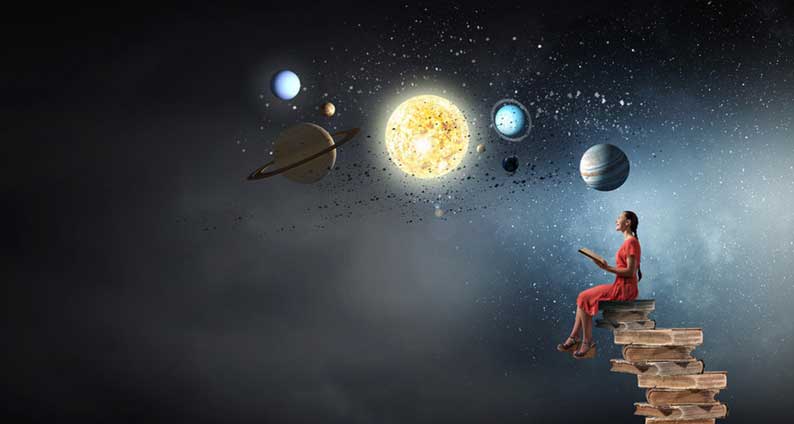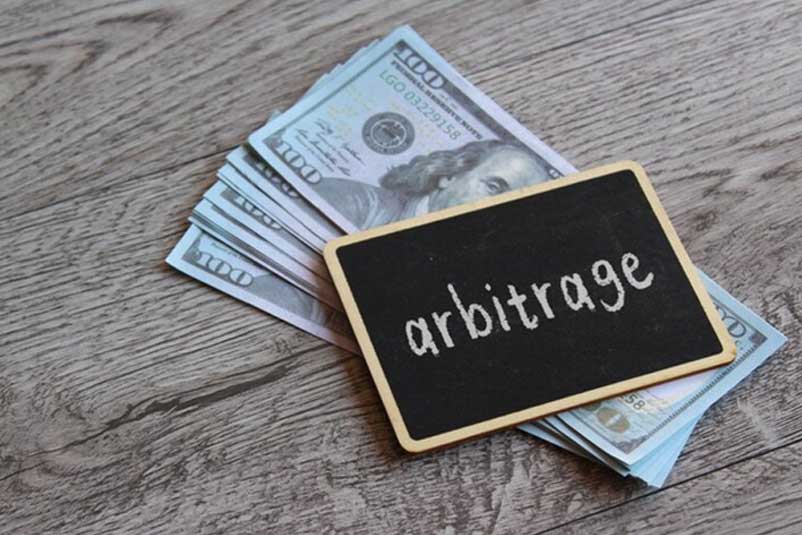E-Futures International offers a robust futures trading simulator that provides traders with a risk-free environment to practice and hone their skills before engaging in live trading. The platform’s futures demo simulator is free to use and offers a realistic trading experience without the financial risks associated with actual trading. Let’s delve into how the futures trading simulator at E-Futures.com works and its key features:

Futures Trading Simulator Overview
- Access to E-Futures International: Traders can access the futures trading simulator by signing up for a free account on E-Futures International’s website. The platform is user-friendly and designed to cater to traders of all levels, from beginners to experienced professionals.
- Free Demo Account: Upon registration, users gain access to a free demo account loaded with virtual funds. This allows traders to practice trading various futures contracts across different markets without risking real money.
- Real-Time Market Data: The simulator provides real-time market data, including price quotes, charts, and news updates. This enables traders to make informed decisions and analyze market trends as they would in live trading conditions.
- Order Types and Execution: Traders can place a wide range of order types, such as market orders, limit orders, stop orders, and more. The simulator simulates order execution based on current market conditions, providing a realistic trading experience.
- Risk-Free Environment: Since the simulator uses virtual funds, traders can experiment with different trading strategies, test new techniques, and explore various markets without the fear of financial loss.
Key Features of the Futures Trading Simulator
- Market Simulation: The simulator replicates actual market conditions, including price fluctuations, order book dynamics, and market depth. This allows traders to gauge how their strategies perform in different market scenarios.
- Portfolio Management: Traders can manage a virtual portfolio of futures contracts, track positions, monitor profit and loss, and assess overall portfolio performance. This helps in evaluating the effectiveness of trading strategies over time.
- Charting Tools: The simulator offers advanced charting tools with technical indicators, drawing tools, and customizable chart settings. Traders can perform technical analysis, identify trading opportunities, and visualize price patterns.
- Risk Management Tools: Users can practice risk management techniques, such as setting stop-loss orders, profit targets, and position sizing parameters. This helps in managing risk exposure and protecting capital.
- Educational Resources: E-Futures International provides educational resources, tutorials, and guides to help traders understand futures markets, trading strategies, and platform functionalities. This empowers traders to make informed decisions and improve their trading skills.
How the Futures Demo Simulator Works
- Registration: Traders start by registering for a free account on E-Futures International’s website. The registration process is straightforward and requires basic information.
- Accessing the Simulator: Once registered, traders gain access to the futures trading simulator within the platform. They can log in to their demo account using the provided credentials.
- Virtual Funds: The demo account is preloaded with virtual funds, typically in a simulated currency such as USD or Euros. Traders can use these virtual funds to place trades and simulate real-time trading activities.
- Trading Experience: Traders can explore a wide range of futures contracts, including commodities, currencies, stock indices, and interest rates. They can analyze market data, place orders, monitor positions, and manage their virtual portfolio.
- Learning and Improvement: The simulator serves as a valuable learning tool for traders to gain hands-on experience, test trading strategies, learn from mistakes, and refine their approach without incurring actual financial risks.
Benefits of Using the Futures Trading Simulator
- Risk-Free Practice: Traders can practice trading strategies in a risk-free environment, allowing them to gain confidence and experience before transitioning to live trading.
- Strategy Testing: The simulator enables traders to test and fine-tune trading strategies, analyze performance metrics, and identify areas for improvement.
- Market Familiarization: Traders can familiarize themselves with futures markets, contract specifications, order types, and platform functionalities before engaging in real trading.
- Skill Development: Using the simulator regularly can help traders develop and enhance their trading skills, decision-making abilities, and risk management techniques.
- Cost-Effective: Since the simulator is free to use, traders can benefit from valuable practice and learning opportunities without incurring any costs.
The futures trading simulator at E-Futures International provides traders with a comprehensive and realistic platform to practice futures trading strategies, improve skills, and gain confidence in their trading abilities—all in a risk-free environment.
Ready to start trading futures? Call US 1(800)454-9572 – Int’l (310)859-9572 email info@cannontrading.com and speak to one of our experienced, Series-3 licensed futures brokers and start your futures trading journey with E-Futures.com today.
Disclaimer – Trading Futures, Options on Futures, and retail off-exchange foreign currency transactions involves substantial risk of loss and is not suitable for all investors. Past performance is not indicative of future results. You should carefully consider whether trading is suitable for you in light of your circumstances, knowledge, and financial resources. You may lose all or more of your initial investment. Opinions, market data, and recommendations are subject to change at any time.
Important: Trading commodity futures and options involves a substantial risk of loss. The recommendations contained in this writing are of opinion only and do not guarantee any profits. This writing is for educational purposes. Past performances are not necessarily indicative of future results.
**This article has been generated with the help of AI Technology. It has been modified from the original draft for accuracy and compliance.
***@cannontrading on all socials.








